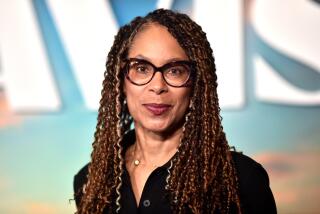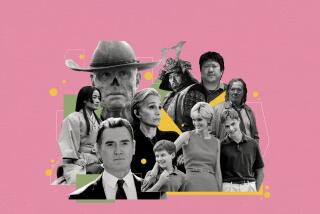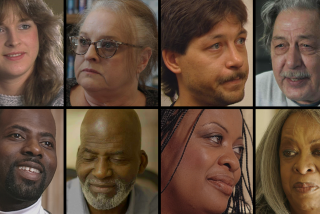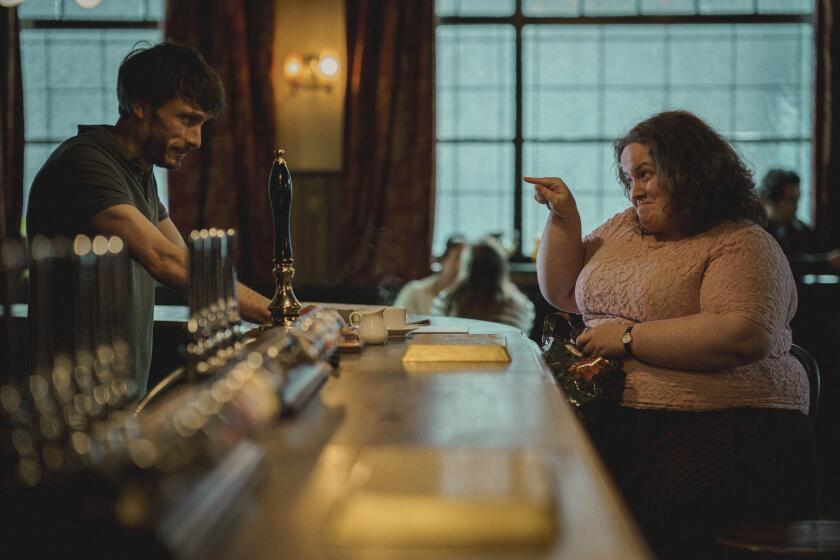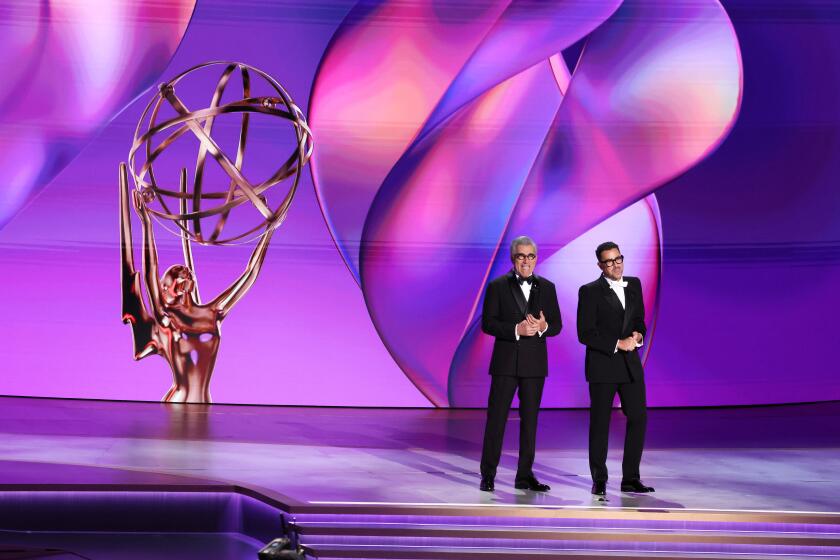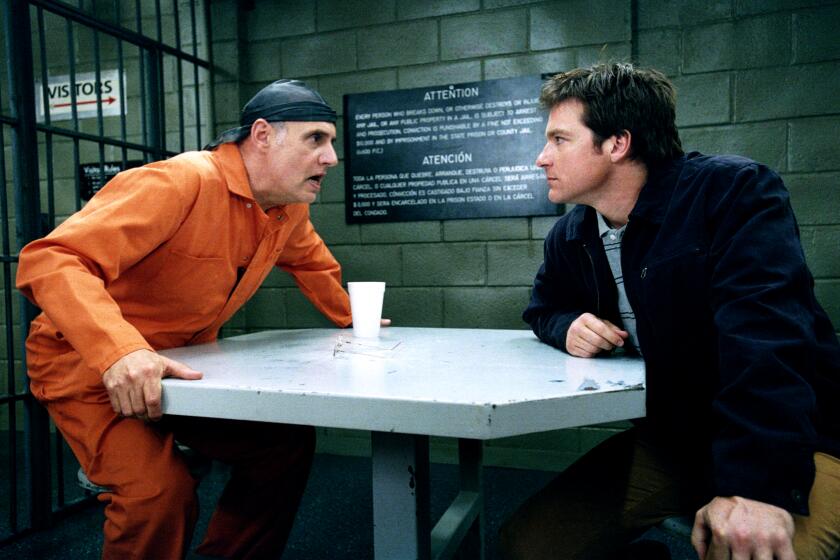‘Hatfields & McCoys’ feud became love fest at History
They kept telling him no one would watch it. It would skew too old, women wouldn’t be interested, people didn’t care about history, it didn’t have foreign appeal, there were too many characters, the story was too convoluted.
For nearly 28 years, producer Leslie Greif heard this from showbiz executives all over town while he doggedly pitched his project about the legendary blood feud between two Civil War-era Appalachian families. And then it aired and made cable ratings history.
“Hatfields & McCoys,” a six-hour miniseries, aired Memorial Day weekend on History, averaging nearly 14 million viewers over each of three nights, which set the record as the second-most watched program ever on ad-supported cable (the first was the Disney Channel movie “High School Musical 2,” in 2007).
“It really is validating. I’m flying, and I haven’t come down yet,” said Greif about six weeks after the initial airing. “I knew it was a great story about the senselessness of violence and what we do for honor. It’s timeless and universal.”
It helped that Kevin Costner came aboard to produce and lead a cast that included Bill Paxton, Tom Berenger, Mare Winningham and Powers Boothe. But what really made the difference, said Greif, was one person: History network President Nancy Dubuc.
Dubuc, who’s been on a mission to revitalize the documentary-driven channel since she arrived there in 2007, has drawn attention for making bold and independent programming decisions. After significantly boosting ratings via eyebrow-raising forays into reality with such nail-biters as “Ice Road Truckers,” she set out to introduce scripted originals.
“Our strategy was to look at big, presold titles with name recognition,” said Dubuc. She saw the conflict-driven, escalating story of the real-life decades-long hillbilly feud as something Americans would both recognize and want to know more about. After further script development, she gave Greif the green light to go out to Costner, who had never done a television project. “He immediately read it and said he was in,” said Greif. “His condition was that we didn’t change the script.”
But the script eventually did change in that it stretched — originally planned as a two-part, four-hour broadcast, the production stretched to three parts when it became apparent that once commercial time was added, the sprawling story — which included 85 speaking parts — required a larger canvas. At a time when broadcast networks have all but abandoned the miniseries format, this was seen as a risky move, but it’s one that apparently paid off, as viewership peaked on night three, with 14.3 million viewers. “What’s most gratifying is that the audience stuck with it — they came back, and then they came back again,” said Greif.
Dubuc sees the project’s remarkable success as a “perfect storm” of well-executed elements, from the production itself (Romania stood in for Appalachia) to the marketing and the timing (over the three-day Memorial Day holiday). Among the more highly visible marketing ploys, from an industry standpoint, was one that grabbed the attention of commuters and tourists on shuttle trains between New York’s Grand Central station and Times Square for weeks leading up to the broadcast: Trains were wrapped inside and out with images from “Hatfields & McCoys,” so that life-sized characters from the saga appeared to be riding alongside passengers.
While that playful approach definitely captured attention in media-centric Manhattan, the miniseries captured by far its largest audience share in smaller population hubs like Knoxville, Tenn., and Louisville, Ky.
And while the project has definitely achieved Dubuc’s goal of a splashy and successful debut in scripted originals, its critical reception was mixed. Los Angeles Times critic Mary McNamara, for example, praised it as “gorgeously produced and astonishingly nuanced” and called Costner’s performance “truly brilliant.” Among the less enchanted, a chief complaint was the difficulty of finding one side or another to root for.
Dubuc says that for History, it was more important to be accurate than to fulfill the traditional imperatives of drama. “We can’t change history — that’s crossing a line. To not make one side or the other the heroes and the villains — that was a risk we had to take.” And ultimately, she adds, the senselessness of the violence was the story’s message.
For Greif, who has carved a prolific career as television producer (he co-created the series “Walker, Texas Ranger,” among other credits), the success of “Hatfields” carries another message: that too many decision-makers are hobbled by research and statistics.
“They’re all trying to anticipate what the audience wants, instead of going with their gut instincts. Nancy didn’t listen to the nos. She just said, ‘We’re going to make this.’ I think that’s why she’s been so successful.”
More to Read
From the Oscars to the Emmys.
Get the Envelope newsletter for exclusive awards season coverage, behind-the-scenes stories from the Envelope podcast and columnist Glenn Whipp’s must-read analysis.
You may occasionally receive promotional content from the Los Angeles Times.
